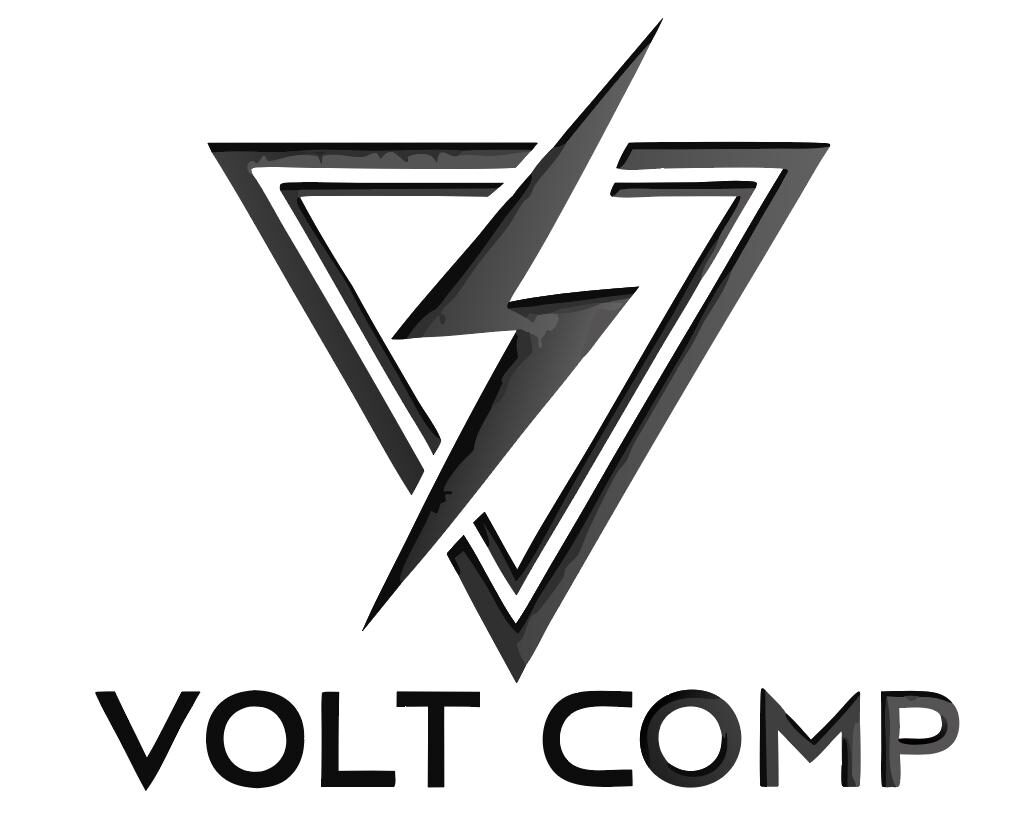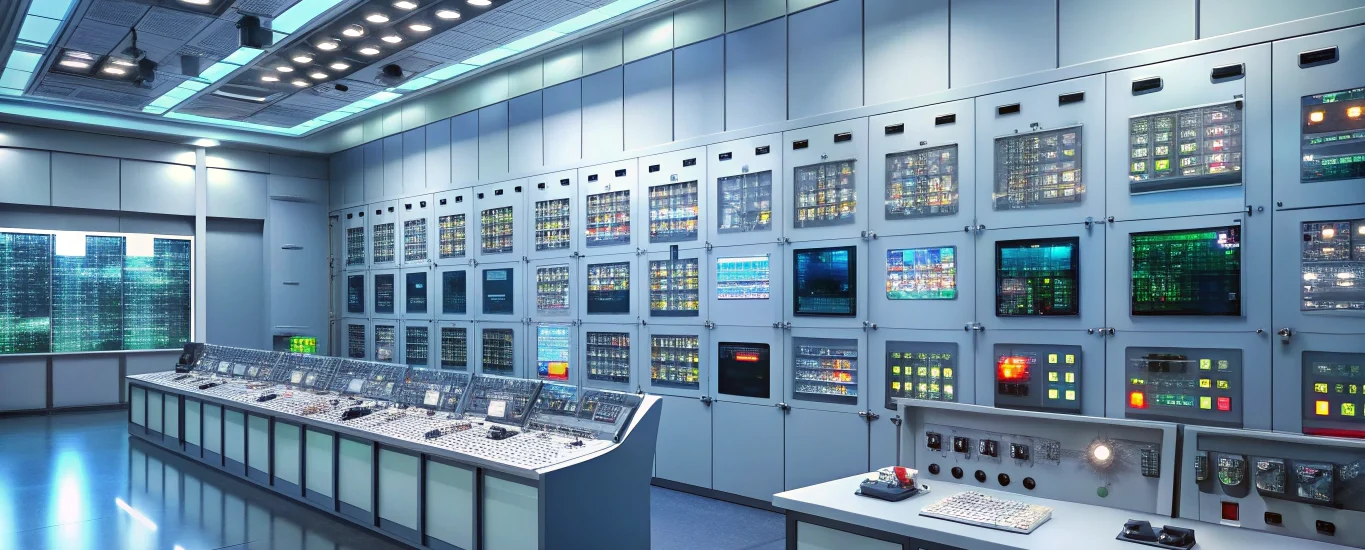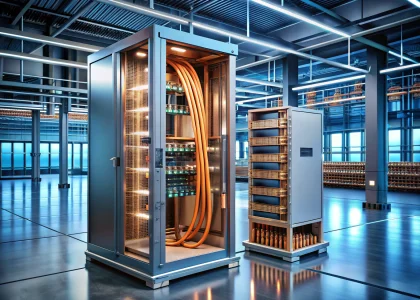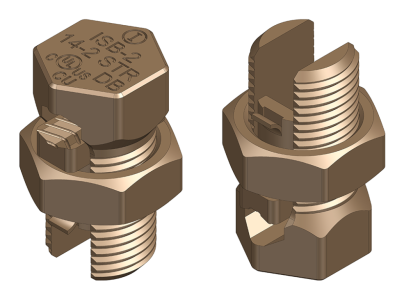In the dynamic realm of industrial operations, the stakes are high when it comes to electrical safety and efficiency. As we embrace 2025, the significance of an energy monitoring system has reached unprecedented levels. These systems are not just about enhancing safety; they are pivotal in slashing costs by reducing downtime, optimizing energy consumption, and cutting the average interruption duration.
The High Cost of Downtime: A Call for Innovation
In the industrial sector, unplanned downtime can be financially crippling. In fact, according to ABB, the average unplanned downtime cost highlights the urgency of innovative solutions. Consider this: chemical plants can face losses between $10,000 and $25,000 per hour, while refineries might see costs of $5,000 to $15,000 per hour. Even more staggering, global enterprise server downtime can cost up to $400,000 per hour, according to Statista. With such daunting figures, the integration of advanced energy management systems becomes not just beneficial but essential to mitigate these financial risks.
According to IEEE, the average Cost Of Downtime per incident can escalate rapidly, underscoring the need for robust monitoring and predictive maintenance strategies.
Pioneering Trends in Electrical Safety Monitoring
The landscape of industrial electrical safety is being reshaped by groundbreaking trends. Edge analytics and IIoT-enabled relays are now adept at detecting arc-flash precursors, significantly boosting predictive maintenance capabilities. AI-driven fault prediction is another revolutionary development, cutting nuisance trips by 60%, as highlighted by IEEE Transactions. Moreover, wireless LoRaWAN sensor mesh deployments are proving their worth in hazardous environments, as evidenced by Shell’s 2025 pilot project.
These technological strides not only enhance real-time monitoring but also elevate power quality and safety standards. Manufacturers like Eaton are innovating with digital RCDs for enhanced protective capabilities in complex electrical networks. For example, digital twin-based safety simulations are reducing commissioning times by 30%, while blockchain-secured sensor data ensures tamper-proof compliance with NFPA 70E standards.
Setting New Standards: Leaders in Energy Monitoring
Leading the charge in energy monitoring are platforms that are redefining industry benchmarks:
- Fluke 3540 FC Three-Phase Power Monitor: ±0.5% accuracy and seamless cloud integration via Fluke Connect.
- Schneider Electric EcoStruxure Power Monitoring Expert: Real-time analytics and fault tracking.
- Siemens SENTRON PAC3200: Advanced communication protocols like Modbus/TCP and PROFINET.
- ABB Ability Energy Manager: Multi-site energy monitoring with predictive analytics for a holistic view of consumption.
- Schneider Electric PowerLogic IEM3000 Series: Revenue-grade metering and power quality logging ideal for industrial facilities.
Strategic Moves for Industrial Facilities
For industrial facilities looking to elevate their energy management system, investing in advanced monitoring solutions is a strategic imperative. Seek out platforms that offer real-time monitoring, predictive maintenance, and comprehensive analytics. Additionally, integrating reliable components such as Tin-Plated Butt-Splice Connectors and Gunmetal U-Bolt Clamps from Volt Comp can further bolster system reliability and safety.
Embracing the Future with Confidence
As industrial facilities continue to tackle the challenges of downtime and energy efficiency, adopting state-of-the-art energy monitoring systems is crucial. These systems not only protect operations but also deliver significant cost savings. To discover more about enhancing your facility’s electrical safety, explore Volt Comp’s Cable Terminal Category and Clamps & Hangers Category.





